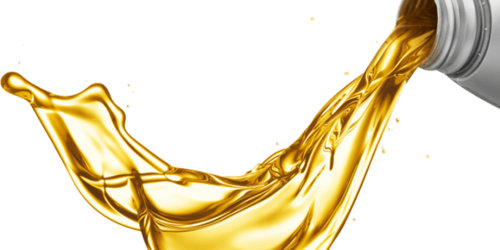Production of base oil using solvent extraction method (part 2)
Solvents that are mainly used in the production of base oils using solvent extraction methods are:
- Furfural
- N-methylpyrrolidone (NMP)
Phenol has been used extensively in the past, but is less commonly used today for environmental reasons. In recent years, several furfural extraction units have been converted to NMP units because this non-toxic solvent, in addition to high selectivity, also results in significant energy savings. Table (1) compares the properties of three common solvents in the solvent extraction process.
Table (1): Comparison of properties of three solvents used in the extraction process
| phenol | N-methylpyrrolidone | furfural | Properties |
| Good | Very good | Excellent | selectivity |
| Excellent | Very good | Good | solubility |
| Very good | Excellent | Good | stability |
| High | Middle | Low | Sedimentation time |
| Low | Middle | High | coagulation |
| High | Low | Middle | Toxicity |
| Low | High | High | Rafinite yields |
| Good | Excellent | Good | product color |
Important factors in the efficiency of a solvent extraction unit are:
Solvent to oil ratio: Increasing the solvent to oil ratio leads to better extraction and elimination of more aromatic compounds as well as reduced production efficiency.
Extraction temperature: As the extraction temperature increases, the solubility increases, but selectivity decreases when the feed input to the extraction unit and the solvent are mixed together.
Solvent-oil contact: The general principles used to increase the contact between solvent and oil are:
Use multi-stage mixers
Equip the distillation column with ceramic rings or screening trays
Use rotary dial contacts in the extraction column
Use of multi-stage centrifugal extractors that mix the two streams of oil and solvent and separate the refining and extraction products.

